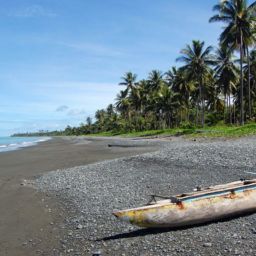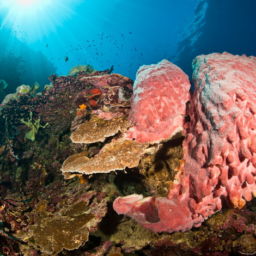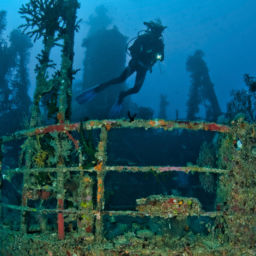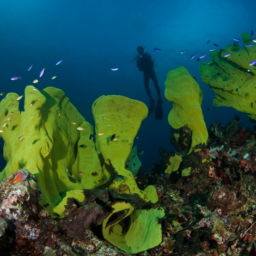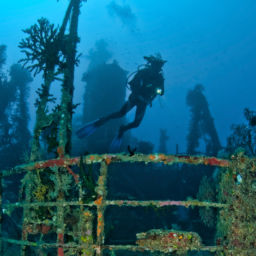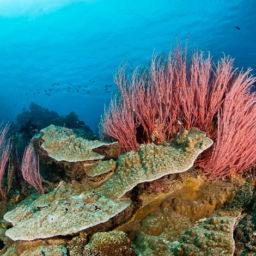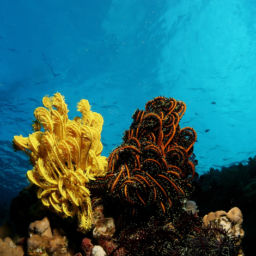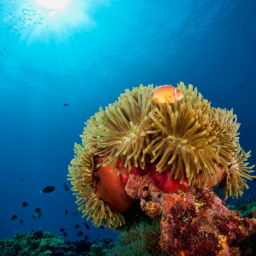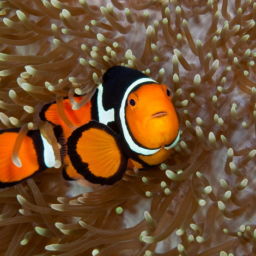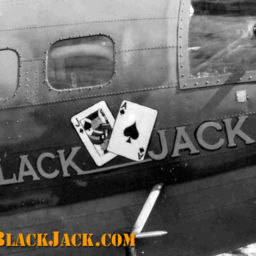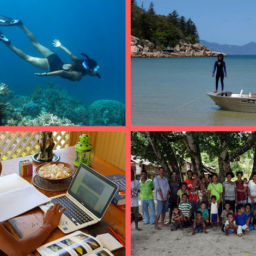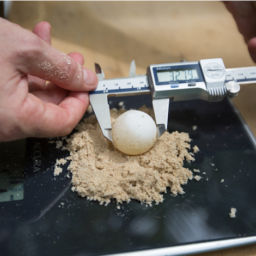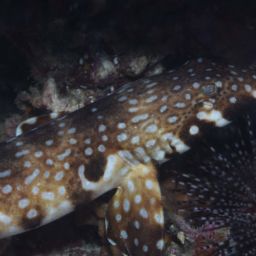World War II came to the Australian territory of New Guinea in January 1942 when the Imperial Japanese Army invaded Rabaul in New Britain. Both sides employed some formidable aircraft during the New Guinea Campaign, and both sides lost many planes. Most remain unfound because they went down in remote jungle locations or far out to sea, but each discovery has a special story. Here are our top picks for diving the aircraft wrecks of Papua New Guinea.
B-17F Black Jack
Lying undisturbed in the deep water just off the fringing reef from the remote village of Boga Boga is perhaps the best aircraft wreck in Papua New Guinea — and possibly the world. The wreck is the B-17F Black Jack, one of the first Flying Fortress bombers built at the Boeing factory in Seattle during WWII.
Black Jack’s final flight was in July 1943, when it left Port Moresby just before midnight on a mission to bomb the heavily fortified Japanese airfields at Rabaul in New Britain. After successfully delivering the bombs, the plane ran afoul of a violent storm while approaching the coast of New Guinea. Running low on fuel, the crew ditched the plane at Boga Boga, escaping just before the Black Jack sank to the seabed some 164 feet (50 m) below, where it lay largely forgotten for 43 years. Then, in 1986, three Australian divers —Rod Pearce, Bruce Johnson and David Pennefather — stumbled on the wreck almost by accident while searching for another one.
Diving the Black Jack is a remarkable experience. The plane is nearly intact and sits on a sandy seabed in clear, blue waters with visibility that can easily reach 130 feet (40 m). But, at nearly 164 feet (50 m), it is beyond recreational-dive limits. Although it’s a straightforward dive in every other regard, decompression and appropriate bottom time are critical to a safe overall experience.
Kimbe Bay’s Zero wreck
As the story goes, the day local villager William Nui found the Zero was not long after a small plane had crashed on take-off from Hoskins Airport in Kimbe Bay. So, when William saw a plane on the sandy sea floor, he thought he had found the wreckage of the recent crash — not a WWII Japanese fighter plane that had remained undisturbed for nearly 60 years.
Word of the discovery reached Max Benjamin, the owner of Walindi Plantation Dive Resort, who, although somewhat doubtful, decided to check it out. To his surprise, Max found a WWII Mitsubishi Zero in remarkable condition despite six decades underwater. There were no signs of bullet holes or combat damage to indicate that the plane had been shot down. Rather, the throttle lever’s ‘off’ position and the pitch control set to reduce air speed clearly pointed to a controlled crash landing.
In all likelihood, the pilot got lost and ran out of fuel, which was relatively common during the New Guinea campaign. Japanese records confirmed this suspicion, showing that in 1942, only 10 Zero pilots were shot down in air combat, but 16 had disappeared due to unknown causes.
New Ireland’s “Deep Pete”
Rabaul was Japan’s main base along the southern rim of the Pacific, Kavieng in nearby New Ireland also played a significant role. Here, the Japanese significantly expanded the original Australian-built airfield and set up a seaplane base which, when the tide of war turned, became an important target for Allied forces. There are more known aircraft wrecks around Kavieng than anywhere else in PNG, and one of the best is the “Deep Pete” because it’s one of the most photogenic.
The Deep Pete is a Mitsubishi F1M floatplane, designed and built for launch via catapult from battleships, cruisers and aircraft tenders. It was meant for reconnaissance missions, but it also saw service as an impromptu fighter, dive bomber and patrol aircraft. The name “Pete” comes from the way the Allied Forces identified enemy aircraft during WWII, as the real Japanese naming convention was difficult to understand and pronounce. So the Allies used codenames instead, with men’s names standing in for fighter aircraft.
The wreck sits on the western side of Nusa Lik (small Nusa) island which, along with Big Nusa island, provides the shelter for Kavieng’s harbor. It is on its back, with the remains of the main float sticking from flat, white sand in 130 feet (40 m) of water — hence the nickname “Deep Pete.” Diving it on an incoming tide can make for exceptional visibility, usually exceeding 98 feet (30 m).
Although its tail is broken, its bi-plane shape is remarkably intact given the aircraft’s relatively lightweight and fragile nature. The Deep Pete is so photogenic thanks to its resident marine life — a school of yellow-lined sweetlips stream in and around the wings while batfish and barracuda patrol the clear waters above the wreck. At just 31 feet long (10 m) and with a wingspan of 36 feet (11 m), Deep Pete is not a big wreck. But, given its depth at 130 feet (40 m) and the square profile of the dive, there is rarely enough time to fully explore it. You’ll want at least two dives to fully appreciate and photograph the wreck.
New Ireland’s Catalina Wreck
The wreck of the Royal Australian Air Force (RAAF) PBY Catalina A24-11 sits in 66 feet (20 m) near the entrance to Kavieng’s harbor. The U.S. Navy developed the Catalina flying boat in the 1930s as a long-range patrol bomber. Although slow and somewhat ungainly, they served with distinction during WWII, both in the role they were designed for, and as an effective means to rescue downed airmen.
PBY A24-11 took from Rabaul with six other RAAF Catalinas on a mission to attack the Japanese base at Chuuk Lagoon, landing at Kavieng to fuel up before heading north in to the Pacific. After refueling, the Catalinas alit one by one, but disaster struck when it was A24-11’s turn. A sea swell hit one of its wing bombs, causing it to explode. The force of the explosion killed the crew instantly and sent what was left of the Catalina to the bottom of the harbor entrance, where it lay until 2000 when Rod Pearce found the wreckage. The engines make the Catalina wreck special as they stand proud on the seabed, surrounded by those parts of the plane that the explosion did not obliterate.
Don Silcock is an Australian based in Bali who has dived many of the best locations across the Indo-Pacific. If you are interested in learning more about Black Jack, check out the complete guide on his website.















